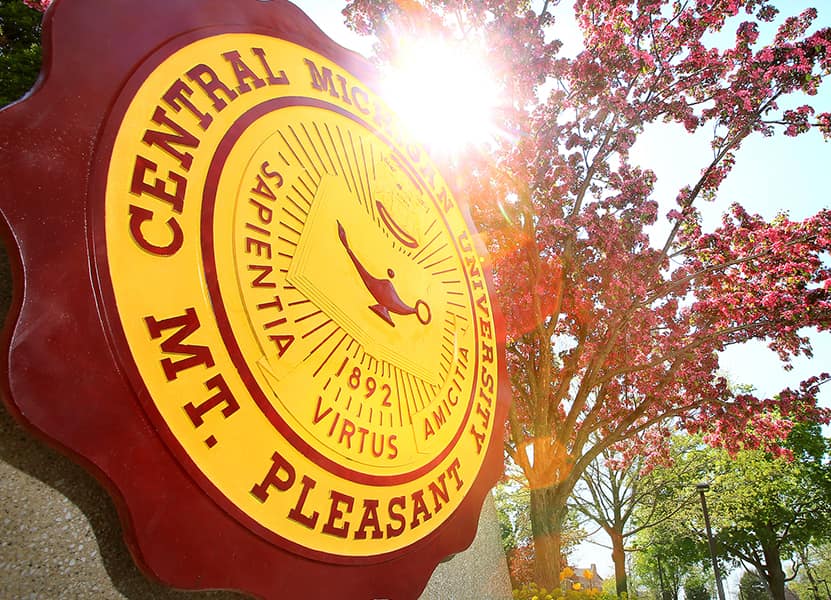Owen P. Safford Glass-plate Negatives, 1890, 1897, and undated
2 cubic foot (in 4 boxes)
The glass-plate negatives collection of Owen P. Safford consists of 4 boxes (.5 cubic ft. each). Although the images are undated, from the style of ladies’ clothing the date(s) of the collection appear to be the late 1890s. Two pages from a daily calendar (1897) indicates some relative date range of when the images were produced. All of the images are snapshots of daily life, leisure, architecture, and habits of the late 1890s.
Box 1 contains the calendar pages of 1897 as well as a wonderful Christmas scene of a decorated table-top tree complete with candles on the branches and surrounded by children. The images of children take up the bulk of Box 1 as portraiture seems to be a favorite subject for the photographer. Most notably it is in Folder 1 that the image of two boys, both in sailor suits while holding a toy sail boat, appear quite iconic of the period.
Box 2 contains the scenes of home life of the 1890s, complete with lace covered tea tables, heavy draperies, and richly patterned wallpapers. Images of horse drawn carriages as well as views of a farm yard can be found within Box 2, as well as a late nineteenth century circus. One image of the circus captures the lettering on the train car reading “Forepaugh Circus complete with elephants, camels, and a one-man-band,” identifies the circus as the Forepaugh Circus. Like most circuses, Forepaugh operated under various titles during its existence. It was the Adam Forepaugh Circus, 1878-1894, and the Adam Forepaugh and Sells Bros. Circus, 1896-1904. Extant circus routes for the circus show that during the 1890s the circus performed in the same Michigan cities in the summers of 1893 and 1899. The circus performed in Flint on July 25 1893 and on the same day in 1899. We assume that Safford photographed the circus when it was in Flint. (Circus route information is from the Circus Historical Society website viewed, April 17, 2013.) Note: the subject heading for Forepaugh is Great Forepaugh Show.
Box 3 contains the most fascinating images of late nineteenth century mechanical equipment, labeled “Machinery.” The two folders are comprised of a single machine whose purpose remains undiscovered by the processor. One image contained within the machinery negatives is specifications in German and per the translation of the title it appears to be a generator. Also within Box 3 is the folder labeled “Military,” which upon further investigation and consultation with the Director of Museum Studies and Maritime Historian, Dr. Jay Martin, the dating of the negative as well as location and subjects were made clear. The “Military” glass plate negative is that of a military band, probably from Antwerp, Belgium, given the uniforms of the men and the background architecture pictured. Besides this image of possible European provenance, there are a number of images in the collection of large European style buildings exteriors (in Box 1) and the interiors of churches or cathedrals (in Box 1). Whether Safford himself traveled to Europe and took these images, or collected the images taken by a friend who visited Europe is unknown. There is no documentation available proving he traveled. Box 3 also contains portraits which were primarily used to date the collection of the late 1890s given the abundance of ladies with iconic leg o’mutton sleeves, mourning wear, and fabulous hats of all kinds.
Box 4 contains a large amount of glass-plate negatives where the subject is a Regatta. Many types of sail boats from many angles are pictured. Other types of boats are contained within Box 4 as well, as various rowboats and a steamship are represented among the negatives. Scenes of forests, rivers, and streams make up the rest of Box 4.
Positive prints from scans were made of two images that were hard to identify from the negatives; one of the Antwerp Band in Box 3, and another of a view of a house photographed from underneath a bridge in Box 4. These prints were added to the collection.
